Disintgeration of USSR : Meaning, Causes, Consequences & Significance
Disintegration of the Soviet Union (USSR)
The disintegration of the Soviet Union in 1991 marked one of the most significant geopolitical events of the 20th century, bringing an end to the Cold War and signaling the collapse of communism in Eastern Europe. The process of disintegration was driven by a combination of political, economic, and social factors that weakened the Soviet state over several decades, culminating in its formal dissolution on December 25, 1991.
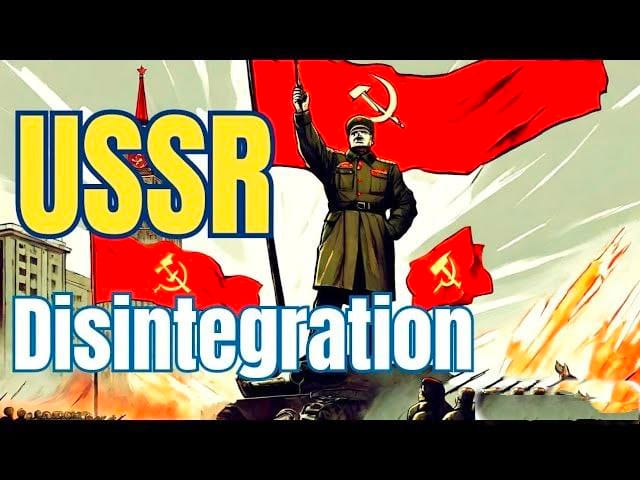
Causes of the Disintegration of the USSR
1. Economic Stagnation
- Command Economy Failures: The Soviet Union’s centrally planned economy struggled to keep pace with the more dynamic capitalist economies of the West. Bureaucratic inefficiency, low productivity, and poor technological innovation led to long-term economic stagnation.
- Heavy Military Expenditure: A significant portion of Soviet resources was diverted to the arms race with the United States, which placed enormous pressure on the economy. This was unsustainable, particularly during the 1980s.
- Shortages and Declining Living Standards: Basic goods, including food and consumer products, were in short supply. Public dissatisfaction grew as people faced declining living standards and widespread corruption in the state-run economy.
2. Political Reforms and Gorbachev’s Policies
- Mikhail Gorbachev’s Reforms: When Gorbachev came to power in 1985, he sought to reform the ailing Soviet system through two key policies:
- Glasnost (Openness): Gorbachev introduced greater political transparency, allowing open discussion of the country’s problems, including criticism of the government and the Communist Party.
- Perestroika (Restructuring): Aimed at reforming the economic system, perestroika sought to decentralize economic control and introduce limited market mechanisms within the command economy.
- Unintended Consequences: While intended to strengthen the Soviet system, these reforms had the opposite effect. Glasnost allowed suppressed ethnic and national tensions to resurface, while perestroika failed to revive the economy. The reforms led to widespread disillusionment with communism and weakened the authority of the Soviet government.
3. Rise of Nationalism and Independence Movements
- Ethnic Diversity: The Soviet Union was a multi-ethnic empire with over 100 nationalities, many of which harbored grievances over Russian dominance and economic exploitation. The largest non-Russian republics, including Ukraine, the Baltic states (Lithuania, Latvia, Estonia), and the Caucasus republics, had strong national identities.
- Nationalist Movements: As Gorbachev’s reforms loosened central control, nationalist movements gained strength across the Soviet republics. The Baltic states led the charge, declaring independence from Soviet rule in 1990.
- Decline of Communist Legitimacy: In many republics, communist governments were losing legitimacy as people sought independence and political reform. The appeal of communism waned, and non-communist opposition parties began to emerge.
4. Fall of the Eastern Bloc and Global Context
- Collapse of Communism in Eastern Europe: In 1989, communist regimes across Eastern Europe fell in a series of peaceful revolutions, starting in Poland and followed by the fall of the Berlin Wall and the reunification of Germany. The Soviet Union’s inability or unwillingness to intervene demonstrated the weakening of its influence, further encouraging independence movements within the USSR.
- End of the Cold War: The decline in U.S.-Soviet tensions, symbolized by arms reduction agreements and Gorbachev’s refusal to use force to maintain control in Eastern Europe, weakened the Soviet Union’s global position.
5. Failed Coup of 1991
- August 1991 Coup Attempt: A group of hardline communists, fearing that Gorbachev’s reforms had gone too far, attempted a coup to restore the old Soviet system. They placed Gorbachev under house arrest and declared martial law. However, the coup quickly collapsed due to public resistance and the defiance of Boris Yeltsin, president of the Russian Soviet Federative Socialist Republic (RSFSR).
- Impact of the Coup: The failed coup marked the final blow to the Soviet Union. Gorbachev’s authority was shattered, and the power shifted to Yeltsin, who had emerged as the leader of the reform movement in Russia. Yeltsin seized control of key Soviet institutions, including the army, and accelerated the dissolution of the Soviet state.
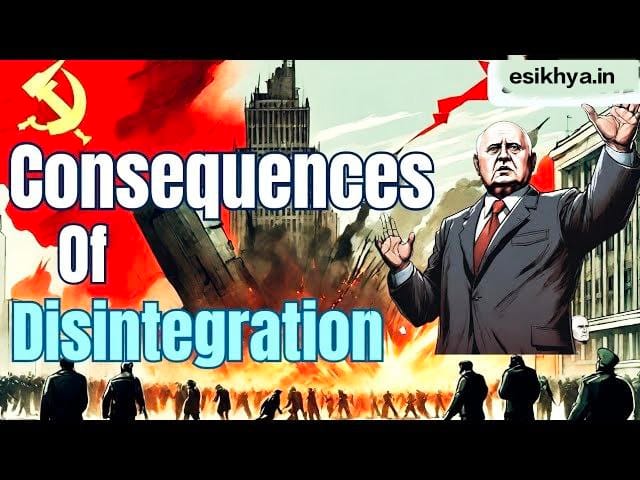
Consequences of the Disintegration of the USSR
1. End of the Soviet Union
- On December 25, 1991, Mikhail Gorbachev resigned as president of the Soviet Union, and the Soviet flag was lowered from the Kremlin for the last time. The Soviet Union officially ceased to exist, and its 15 constituent republics became independent nations.
2. Emergence of Independent Republics
- The 15 republics that made up the Soviet Union declared independence:
- Russia, Ukraine, Belarus, the Baltic states (Estonia, Latvia, Lithuania), and Central Asian republics (Kazakhstan, Uzbekistan, Kyrgyzstan, Tajikistan, Turkmenistan), as well as Georgia, Armenia, Azerbaijan, and Moldova.
- Commonwealth of Independent States (CIS): Several former Soviet republics, including Russia, Ukraine, and Belarus, formed the CIS in December 1991 to manage the post-Soviet transition, but it was a loose association with little real power.
3. End of the Cold War
- The dissolution of the Soviet Union marked the official end of the Cold War. The United States emerged as the sole global superpower, ushering in a new era of unipolarity in international relations.
- The global ideological conflict between communism and capitalism came to an end, as most former communist states in Eastern Europe and the Soviet Union transitioned toward market economies and democratic governance.
4. Economic and Social Turmoil in Russia
- Economic Collapse: The transition from a centrally planned economy to a market-based system in Russia was chaotic and painful. The 1990s saw a sharp decline in living standards, hyperinflation, and widespread poverty.
- Oligarchy and Corruption: During the privatization of state-owned industries, a small group of business elites, later known as oligarchs, accumulated vast wealth, often through corrupt practices. This led to widespread public disillusionment with democracy and capitalism.
- Social Unrest: The collapse of the Soviet Union also led to social unrest, ethnic conflicts, and territorial disputes, particularly in regions like Chechnya.
5. Geopolitical Shifts
- NATO Expansion: Many former Soviet satellite states in Eastern Europe, as well as the Baltic states, sought membership in NATO and the European Union. This expansion fueled tensions between Russia and the West, contributing to ongoing geopolitical conflicts.
- Post-Soviet Conflicts: Several of the newly independent states experienced ethnic conflicts and territorial disputes, such as the wars in Nagorno-Karabakh, Transnistria, and the Chechen wars in Russia.
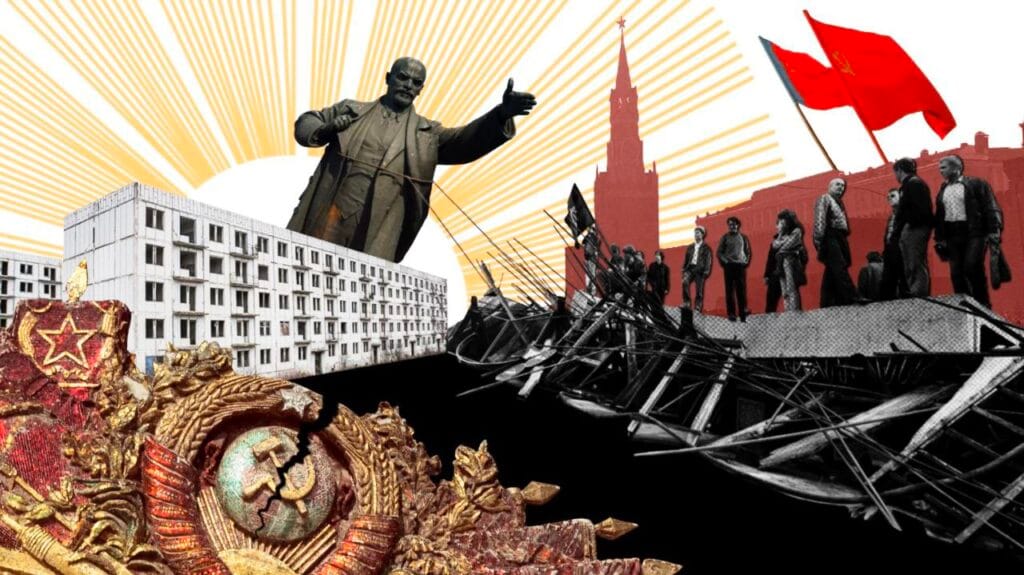
Significance of the Disintegration of the USSR
- End of Communism: The disintegration of the Soviet Union marked the collapse of the world’s largest communist state and a major blow to the global communist movement. Countries around the world, particularly in Eastern Europe, shifted toward capitalism and democracy.
- New World Order: The dissolution of the Soviet Union dramatically reshaped the global political landscape, leading to the end of the bipolar world order dominated by the U.S. and the Soviet Union. The U.S. emerged as the sole superpower, leading to a period of unipolarity in global politics.
- Legacy of Nationalism: The disintegration of the USSR reignited nationalist and separatist movements within former Soviet republics and across the world, influencing later independence movements in other regions, such as in the Balkans.
- Resurgent Russia: Although Russia was significantly weakened after the collapse of the Soviet Union, it remains a major global power. Under leaders like Vladimir Putin, Russia has sought to reassert its influence in the post-Soviet space and beyond.
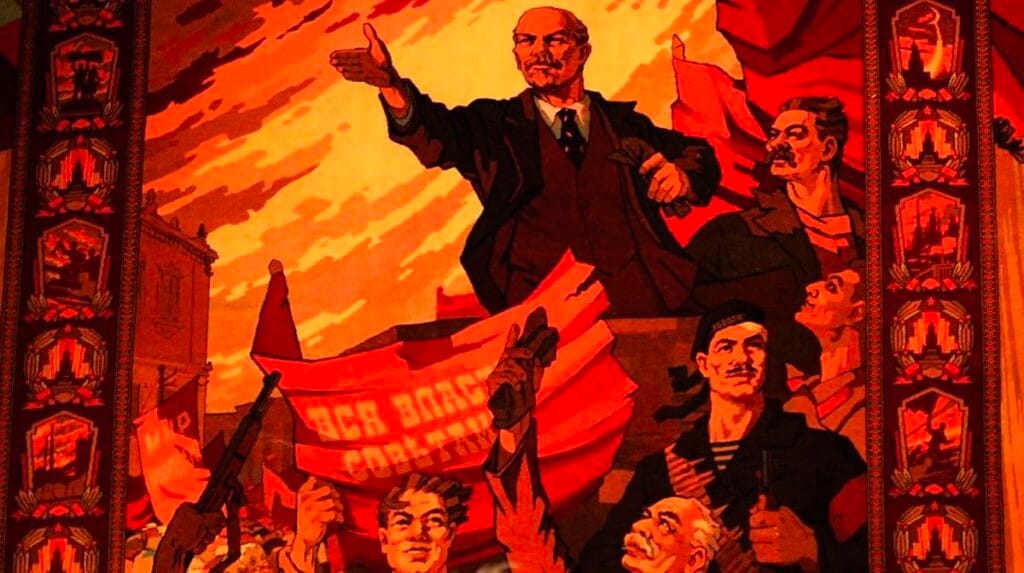
Conclusion
The disintegration of the Soviet Union was the result of a complex interplay of economic, political, and social forces, exacerbated by the policies of Gorbachev and the rise of nationalist movements. Its collapse not only ended the Cold War but also led to a dramatic reshaping of global geopolitics, with profound consequences for the newly independent republics, Russia, and the rest of the world.
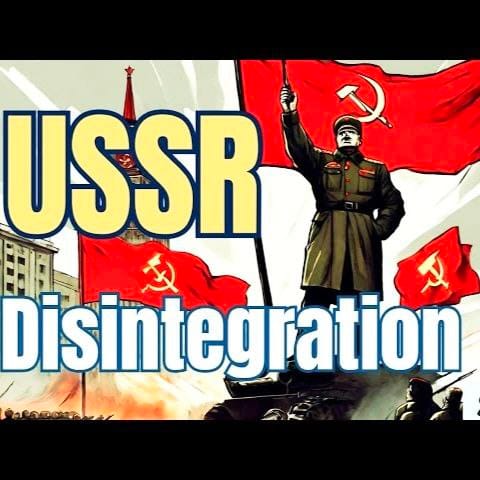


Post Comment